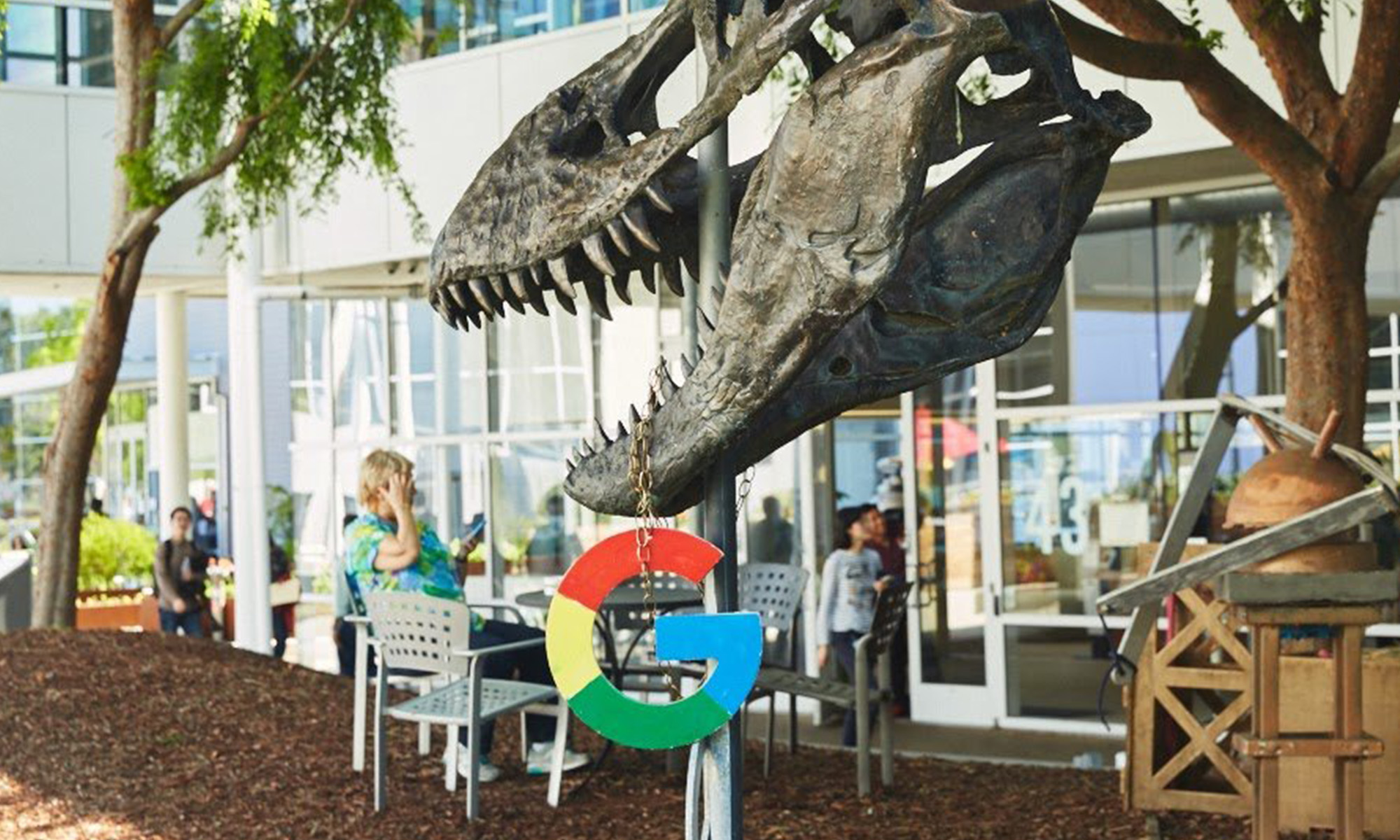
Image by Flickr user Pinky-san
From social networks to search engines, more eyes are turning toward the mobile world as a vital source of revenue. The mobile bag of tricks has grown accordingly, and one of the quieter capabilities promises to be key for netting mobile profit this year. It's called mobile deep linking, or the ability to link ads directly to specific parts of an app, externally and internally. A quick look at the latest deep linking adoption shows its fast-growing influence. Three technology industry giants that stand to benefit from this advertising evolution are Facebook (FB +1.15%), Twitter (TWTR +0.00%), and Google (GOOGL +1.02%) (GOOG +0.96%).
Facebook's timely investment
In late 2013, Facebook announced that it would offer advertisers ways to deep link their calls to action. Access the ads on a mobile device, and they immediately pull the user toward a specific app location, rather than just a general app home screen. Companies can pick between seven specific, deep-linked abilities, including watching videos and playing games.
Facebook recently reported higher-than-expected earnings of $2.5 billion for the first quarter of 2014, with $0.34 earnings per share. For the first time, mobile ad revenue rose above 50% of the company's total ad revenue, with 1.01 billion mobile users. Year-over-year, that's a 34% increase in monthly mobile users and a 43% jump in daily mobile users. While investors were not appreciative of other factors (like a 15.9 price-to-sales ratio) and Facebook stock fell by about 10% following the report, mobile revenue is an increasingly central segment of the company's revenue, and deep linking is fuel for its growth.
Twitter's deep linking bet
Twitter has been using deep linking since last year as part of its mobile Card expansion. Card users can create cards that will let viewers see content directly in an app or site, instead of yanking them to Twitter or a similar site.
Since deep linking is part of Twitters business-oriented Cards, it is tied directly to Twitter monetization, too. Will deep linking win even more revenue for the social network? It's difficult to say since there are many other reasons for companies to invest in Twitter Cards and their increased media functionality. However, for those primarily interested in mobile development, and with a limited budget, deep linking could prove a deciding factor.
Despite Twitter's sales growth, with sales easily doubling in 2013, investors are anxious about its 6% monthly active user growth rate and potential loss of influence. Multi-level advertisement monetization could help Twitter overcome the share price loss of more than 33%, down to around $38 in the past few months. Deep linking is the type of long-term value feature that Twitter needs to increase mobile revenue and soothe concerns.
Google efforts to pay off?
On April 22, Google announced that it will offer deep linking compatibility for apps as well. For an advertising powerhouse like Google, this move was significant because it allows businesses to now link their mobile ads directly to pages inside the app. The common caveat: Users need to have the app already downloaded. Without it, a prompt to download the app is given instead.
Compatibility will also be offered for YouTube, making those social videos much easier for users to view. Additional compatibility with other Google sites could occur in the future; This is a particularly important feature for Google, which saw desktop ad revenue fall for the first time in 2013. A March 2014 eMarketer report predicated another 7% drop for this year, but mobile search revenue is expected to climb from $3.3 billion to $5.1 billion, becoming a progressively vital part of the company's overall sales.
Smaller players rise
There are also smaller private players rising in the deep linking ranks. URX recently earned $12 million in a funding round led by Accel Partners, thanks to its new "omnilink" service that allows for flexible deep linking, much like rival Cellogic offers with Deeplink.me. Speaking of rivals, there is also Quixey with its AppURL service, Tapstream with its Deferred Deep Links, and Appsfire, among others.
These ventures are also potential acquisition targets, as SPARQ discovered when Yahoo! picked it up for its deep linking capabilities back in January. As mobile services continue to grow more relevant to the success or failure of companies, deep linking and similar techniques should not be underestimated as valuable clues to a company's trajectory.








